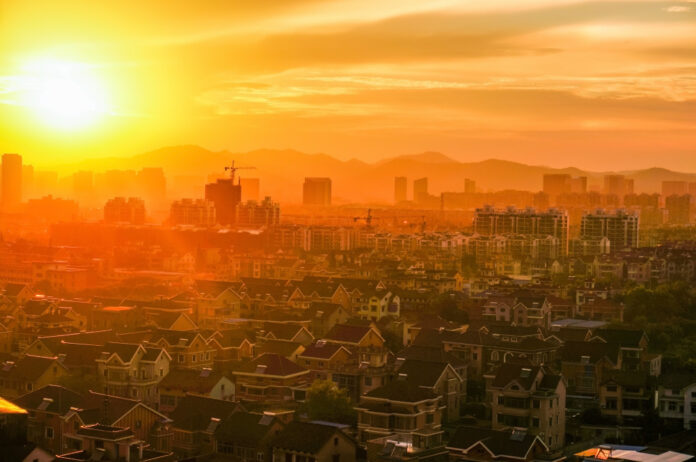As extreme heat deaths rise, US cities like Phoenix are implementing innovative measures, including free air conditioning programs, to protect vulnerable populations
Mary Carter has withstood the scorching Phoenix summers for four decades, but last year, she found herself overwhelmed when her trailer’s air conditioning failed. For a month, she endured temperatures exceeding 115°F (46.1°C) without any relief. Eventually, a county program providing financial aid for air conditioning repairs came to her rescue. “Without air, you can’t live in this town,” she told the BBC. “Anyone who is trying to is crazy.”
Phoenix, along with other US cities, is increasingly facing extreme heat due to climate change. With temperatures predicted to reach 114°F (45.5°C) again, the city has ramped up efforts to protect its residents, particularly the homeless and low-income individuals.
Embed from Getty ImagesIn Maricopa County, where Phoenix is located, heat-related deaths have surged. Last year, 645 people died from heat-related causes, a stark increase from the 76 deaths recorded in 2013. Many victims were homeless or low-income residents. The city’s Office of Emergency Management, led by Brian Lee, started early preparations for the summer. “Our primary function first and foremost is to save lives,” Lee said. “Every person we can get in an air-conditioned room with a bottle of water is one person we can potentially save.”
Maricopa County’s emergency repair program has assisted about 700 residents since 2021, covering home repair expenses, including HVAC repairs. This program aims to provide relief through at least 2026. Residents can apply for help if they meet specific income requirements.
Extreme heat events have become more frequent and intense. Recently, cities like Las Vegas and Palm Springs experienced unprecedented early heat waves. Phoenix officials have identified new shelters for homeless individuals, such as local libraries, to provide places to cool off. This proactive approach is crucial for saving lives, especially as the needs shift from nighttime shelter to daytime cooling centres.
Analysis
Political: The push to implement air conditioning programs and other measures reflects a significant shift in how cities address climate challenges. Politically, it highlights the need for local governments to act swiftly and decisively in response to climate change. Governor and local officials are under pressure to allocate resources and implement policies that protect vulnerable populations. The political implications also extend to federal support, as cities may require additional funding to sustain and expand these initiatives.
Social: Socially, the rising heat deaths underscore the inequality in access to resources. Programs like Maricopa County’s air conditioning aid are vital for ensuring that low-income residents and the homeless have the means to survive extreme temperatures. The societal debate around climate change and public health is intensifying, with a growing emphasis on the responsibility of governments to protect their citizens. Community engagement and education about the dangers of extreme heat are also essential components of a comprehensive response.
Racial: Racial disparities become evident in the impact of extreme heat, as minority communities often reside in areas with less green space and more heat-absorbing infrastructure, exacerbating the heat island effect. These communities may also have less access to air conditioning and financial resources for repairs. Addressing these disparities requires targeted interventions and equitable distribution of resources to ensure all residents are protected.
Gender: Gender also plays a role in vulnerability to extreme heat. Women, especially older women like Mary Carter, may be more susceptible due to factors like higher poverty rates and limited mobility. Programs must consider these gender-specific vulnerabilities and ensure that women have access to cooling centres and financial aid for air conditioning repairs.
Economic: Economically, the burden of extreme heat can be significant. The costs associated with healthcare for heat-related illnesses, loss of productivity, and infrastructure damage can strain local economies. Investing in preventive measures, such as air conditioning aid and cooling centres, can mitigate these costs. Moreover, creating green jobs focused on climate resilience can stimulate local economies and provide sustainable solutions.
